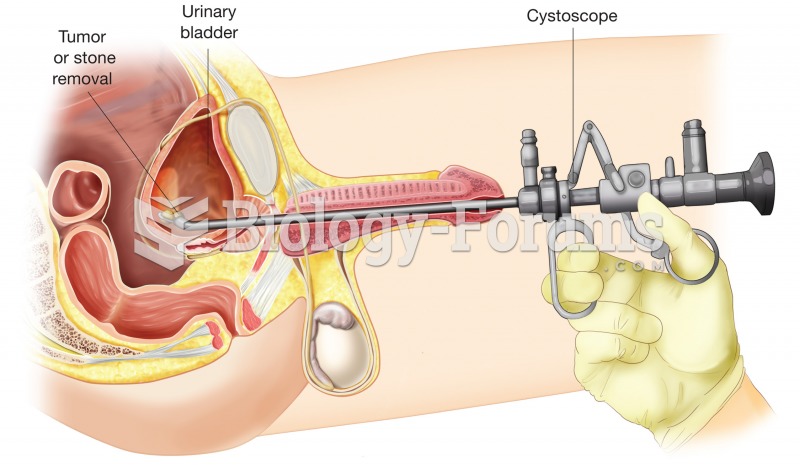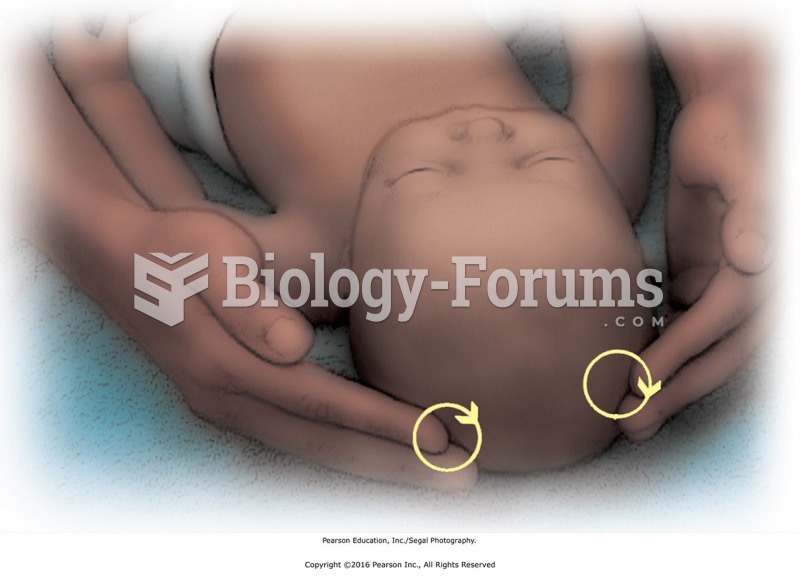|
|
|
Signs and symptoms of a drug overdose include losing consciousness, fever or sweating, breathing problems, abnormal pulse, and changes in skin color.
In women, pharmacodynamic differences include increased sensitivity to (and increased effectiveness of) beta-blockers, opioids, selective serotonin reuptake inhibitors, and typical antipsychotics.
After a vasectomy, it takes about 12 ejaculations to clear out sperm that were already beyond the blocked area.
Chronic necrotizing aspergillosis has a slowly progressive process that, unlike invasive aspergillosis, does not spread to other organ systems or the blood vessels. It most often affects middle-aged and elderly individuals, spreading to surrounding tissue in the lungs. The disease often does not respond to conventionally successful treatments, and requires individualized therapies in order to keep it from becoming life-threatening.
In 2012, nearly 24 milliion Americans, aged 12 and older, had abused an illicit drug, according to the National Institute on Drug Abuse (NIDA).
 Black sharecroppers evicted from their tenant farms were photographed by Arthur Rothstein along a ..
Black sharecroppers evicted from their tenant farms were photographed by Arthur Rothstein along a ..
 Remove all of the spark plugs. Be sure to mark the spark plug wires so that they can be reinstalled ...
Remove all of the spark plugs. Be sure to mark the spark plug wires so that they can be reinstalled ...
 Use caution if using a steel scraper to remove a gasket from aluminum parts. It is best to use a ...
Use caution if using a steel scraper to remove a gasket from aluminum parts. It is best to use a ...




